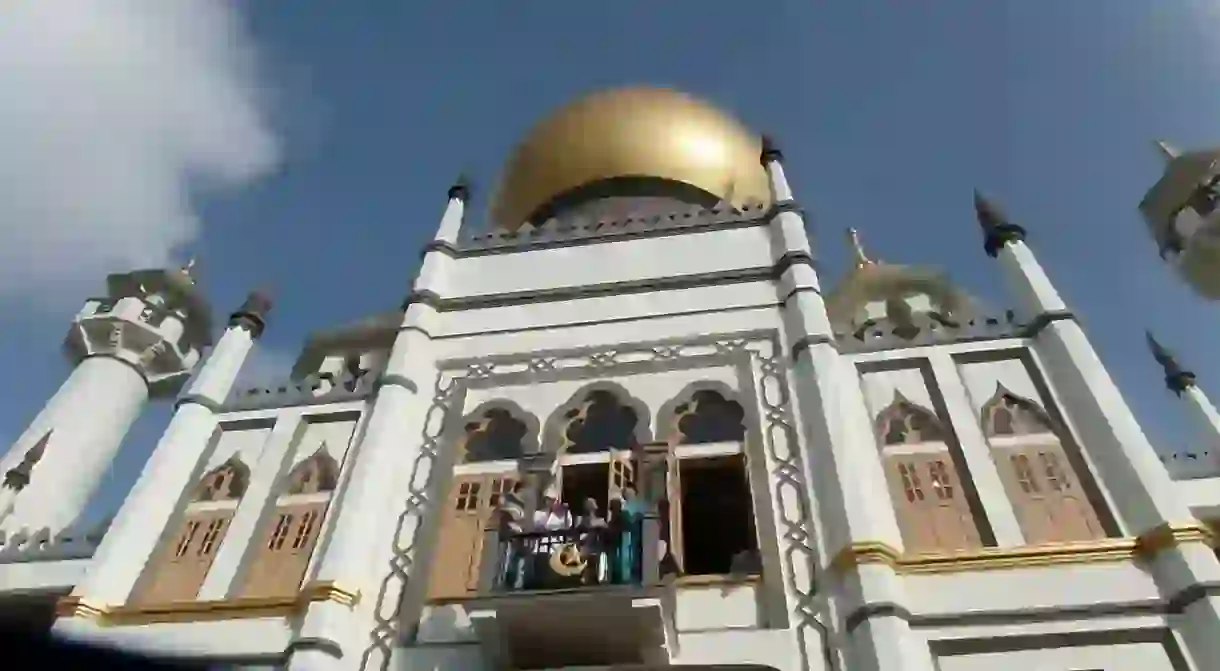The History Of Kampong Glam In One Minute

Singapore’s Kampong Glam neighbourhood plays two distinct roles in the city-state; firstly as the Muslim counterpart to Chinatown and Little India and secondly as a hipster enclave full of chic boutiques and trendy watering holes. What many people do not realise is that Kampong Glam had a long history as the place to live and worship before it became the go-to place for twenty-somethings looking for somewhere to spend a relaxing Saturday
The history of Kampong Glam can be traced back to the 1820s when it was first named. The name comes from the Malay language where kampung means ‘village’ and ‘gelam’ was a type of tree known as the Paperbark tree that grew in the area and was frequently used for building ships. For a long time, Kampong Glam was a fishing village due to its location on the Rochor River. In 1820s, Sir Stamford Raffles designated the Kampong Glam as well as an annual stipend to Sultan Hussain Mohammed Shah for use by the Muslim community after he signed a treaty ceding Singapore to the East India Company. The Sultan used these funds to build a palace and bring his entire family and entourage, reportedly over 600 people, to live in Kampong Glam. With these arrivals, in 1824 the Sultan decided he needed to build a mosque that reflected his status and demanded that the East India Company provide the necessary funds.

Through the 1800s and early 1900s, Kampong Glam maintained its Malay-Arab influence and its location on the Rochor River led to a growing trade industry. As the community grew, Kampong Glam became well-established as the leaders in Islamic commerce and culture. Because of this popularity, the original Sultan Mosque was no longer sufficient to meet the needs of the community and in 1924 the board of trustees decided to move forward with plans to construct a new mosque. Designed in the Ind0-Saracenicic style that was popular at the time, the new mosque was opened in 1928 and designated a national monument in 1975. Today, the Sultan Mosque stands imposingly over Arab Street and it is the focal point that represents Singapore’s proud and colourful Muslim Quarter.












